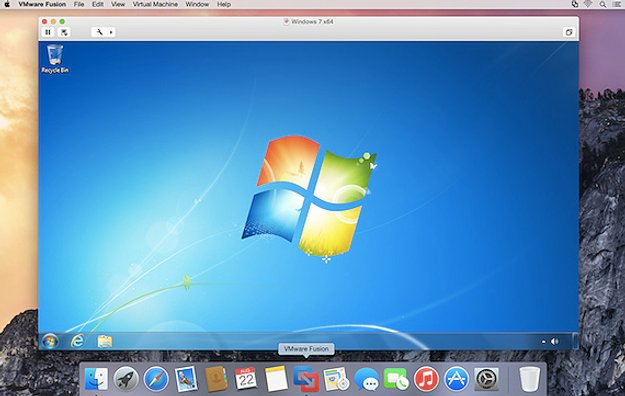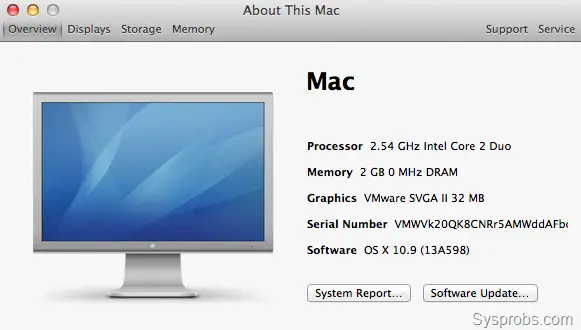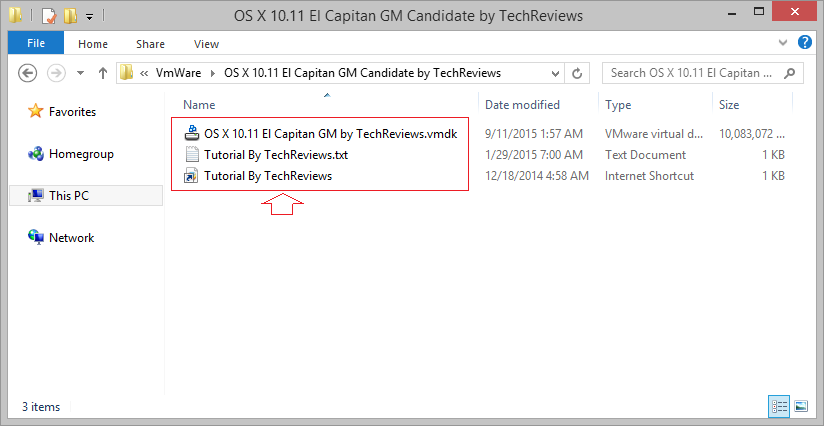- Download Vmware Vmrc
- Download Vmware Vmrc Installer
- Download Vsphere Client Latest Version
- Vsphere Linux Download
- Vsphere Client Mac Os X Download Windows 7. I am happy to report that the VMware View Client 1.5 for Mac just works with Mountain Lion. It is already signed and is compatible with Gatekeeper. For weeks, we have been testing the VMware View Client 1.5 on the OS X Mountain Lion GM seed and it works great. Take advantage of Full Screen mode to run.
- Mac OS X Yosemite (version 10.10) is the eighth major release of Mac OS X (now named macOS), Apple’s desktop and server operating system for Macintosh computers. 6 Download OS X EL Capitan OS X El Capitan (version 10.11) is the twelfth major release of OS X (now named macOS), Apple Inc.’s desktop and server operating system for Macintosh.
Installing VMware ESXi on a laptop might seem like an insane thing to do, but it’s useful for testing and demonstration purposes. This guide will show you how to install it on a MacBook Pro.
Since the vSphere desktop client is a.NET application, it cannot be used from a Mac. The two options are to use a Windows machine from your Mac or to use the vSphere 5.5 Web Client. Using RDP For a long time the only way to use a Mac to manage vSphere was to not use the Mac. Esxi 5.5 Vsphere Client Download. Receiver for Mac. Beginning August 2018, Citrix Receiver will be replaced by Citrix Workspace app. While you can still download older versions of Citrix Receiver, new features and enhancements will be released for Citrix Workspace app. Citrix Workspace app is a new client from Citrix that works similar to Citrix Receiver and is fully backward. Download VMware vSphere ESXi 6.7 ISO. Head over to the VMware vSphere ESXi 6.7 download page and click the Download Now button to get the ISO. VMware ESXi is free when using only the basic features, and when you first install it, you get to try all the advanced features for 60 days.
Hardware requirements
The instructions coming up, should work on most modern Mac systems with a CPU that has hardware assisted virtualization. The steps that follow have been tested on a MacBook Pro (13-inch, 2017, 16 GB RAM running Mojave).
The reason why you need a CPU with hardware assisted virtualization, is because we’ll be using VMware Fusion* to run nested virtualization on a Mac.
Why VMware Fusion?
VMware Fusion allows you to pass the hardware assisted virtualization feature of the CPU to a running virtual machine. This is required when running hypervisors like ESXi or KVM inside a VM.
So for this tutorial we’ll be using VMware Fusion 11.5 (Standard)*.
Download VMware vSphere ESXi 6.7 ISO
Head over to the VMware vSphere ESXi 6.7 download page and click the Download Now button to get the ISO.
Note
VMware ESXi is free when using only the basic features, and when you first install it, you get to try all the advanced features for 60 days.
Creating a VMware vSphere ESXi 6.7 virtual machine with VMware Fusion
Download Vmware Vmrc
Open VMware Fusion* and then click on the + icon in the toolbar.
Click New…
Kingdom come deliverance console commands complete quest. Select Create a custom virtual machine and then click Continue.
Select VMware ESX then VMware ESXi 6.x and then Continue.
Leave the firmware type as UEFI and then click Continue.

Click Continue to create a 40 GB virtual disk.
Click the Customize Settings button so that we can attach the ISO.
You will be asked to save the virtual machine. Give it a name and then click Save.
Once the VM is saved, the settings screen will load. Click on CD/DVD (IDE).
Click on the dropdown and select the Choose a disc or disc image… option.
Browse to the VMware ESXi ISO that you downloaded and then click Open.
Tick the Connect CD/DVD Drive option and then close the settings window.
We are now ready to install VMWare ESXi on the virtual machine.
Installing VMware vSphere ESXi 6.7 on a VMware Fusion virtual machine
Click the play icon to start the ESXi virtual machine we created in the previous step and wait for the VMware ESXi hypervisor to load.
Press Enter at the welcome screen.
Press F11 to accept the EULA and continue the installation. You might not be able to use the FN key to get F11 inside a virtual machine on the Mac.
You can send F11 to the virtual machine by clicking Virtual Machine, Send Key and then clicking on F11.
Tip
You can remove the keyboard focus from the virtual machine by pressing Control + Command on a Mac.
Choose the disk you want to install ESXi on and then press Enter.
Select your keyboard layout and then press Enter.
Enter a password for the root user and then press Enter.
Send the F11 key to the virtual machine again to confirm and finish the installation.
Press Enter to reboot the virtual machine and load ESi for the first time.
ESXi 6.7 should now be installed and ready to configure.

Configuring the ESXi management network
As you can see from the image in the previous step, the management IP address of my ESXi host is 0.0.0.0. This is because I have the network adapter connected to a VMware Fusion network that has DHCP disabled.
If your host doesn’t have an IP, you’ll need to configure it using the steps coming up. If you do have an IP that was assigned via DHCP, I’d suggest you change it to a static IP so that you know it won’t change when the host reboots.
To configure the network press F2 and then login with your root password.
Select Configure Management Network and then press Enter.
Select IPv4 Configuration and then press Enter.
Change the IP type to static by highlighting the Set static IPv4 address and network configuration and then pressing Space.
Type in the IP address, subnet mask and default gateway then press Enter.
Tip
You can find out the gateway by running ifconfig at the terminal and by adding 1 to the inet address of the vmnet8 interface. For example, mine is 10.1.1.1 so the gateway is 10.1.1.2. If you’re using DHCP, you can find out what part of the range you can use for static IP addresses in this tutorial.
You may notice my network address is different to yours. That’s because I’ve changed it and disabled DHCP by editing the /Library/Preferences/VMware Fusion/networking config file and restarting VMware Fusion.
Select the DNS Configuration and then press Enter. Caterpillar software keygen free.
Select Use the following DNS server addresses and hostname by pressing Space. Type in the gateway IP in the Primary DNS Server box and the name of the host in the hostname box and then press Enter.
Press ESC to exit the network configuration screen. You’ll then be asked to confirm the changes by pressing Y.

Press ESC again to exit settings and you should now see the IP address we can use to manage the host.
We can test the connection from the host to the ESXi virtual machine works by typing the address in a web browser.
Download Vmware Vmrc Installer
Final thoughts
VMware Fusion* is a powerful piece of software that lets you do more with your Mac by giving you the ability to run multiple kinds of operating systems like Windows, Linux and even ESXi as demonstrated in this guide.
We showed how easy it was to create a VMware vSphere ESXi virtual machine and have the OS installed in very little time.
It’s easy to get going with the basics of ESXi because its quite intuitive, however there are some really powerful features and advanced concepts that you can learn by reading Mastering VMware vSphere 6.7*
Download Vsphere Client Latest Version
Written by Tony Mackay
Vsphere Linux Download
Bluestacks for mac os x yosemite. Software developer, sysadmin and writer. Find me here: https://tonymackay.net